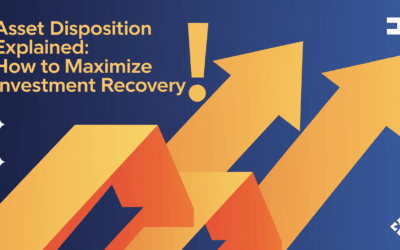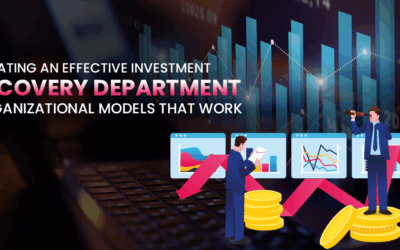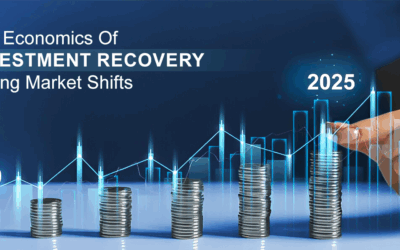AI in Investment Recovery: A Game-Changer for Efficiency and Profitability
Finding ways to get the most value out of your investments is crucial. One of the most effective ways to do this is through smart investment recovery strategies. But what if there was a way to make these strategies even better? Enter Artificial Intelligence (AI). This powerful technology is transforming how businesses manage their assets, making processes faster, more accurate, and more profitable.
In this blog post, we will explore how AI is revolutionizing investment recovery, making it a must-read for asset management professionals.
AI in Investment Recovery
Investment or asset recovery is all about reclaiming value from assets that are no longer needed. This could mean selling, recycling, refurbishing, or repurposing them. Traditionally, this process involves a lot of manual work and guesswork. But with AI, things are changing fast.
Automated Asset Management
Imagine being able to automatically identify, categorize, and value your assets without much manual hassle. AI makes this possible. By automating these tasks, AI reduces the time and effort needed, reducing errors and speeding up the whole process. This means assets are processed quickly, reducing holding costs and increasing the speed at which they can be turned into liquidity.
Predictive Analytics for Better Timing
Right timing is everything when it comes to selling or repurposing assets. AI can analyze historical data to predict the best time to act. It looks at and analyzes market trends, buyer behavior, and pricing strategies to give you the best recommendations. This way, you can make sure you’re selling or repurposing assets at the right time to get the maximum value out of it.
Real-Time Data for Smarter Decisions
One of the biggest advantages of AI is its ability to provide real-time actionable insights. With up-to-the-minute data on asset performance and market conditions, you can make informed decisions quickly. This agility is crucial in a market that is dynamic and complex, helping you stay ahead of the curve and optimize your recovery processes.
Best Practices for Implementing AI in Investment Recovery Strategies
If you’re ready to bring AI into your investment recovery strategy, here are some best practices you need to consider to ensure success.
Start with Clear Objectives
Define what you want to achieve with AI. Whether it’s reducing processing time, increasing revenues, or improving data accuracy, having clear goals will help you choose the right AI tools and technologies.
Ensure Data Quality
AI systems are only as good as the data they use. Make sure your data is accurate, comprehensive, and up-to-date to get the best results from your AI applications.
Continuous Learning and Adaptation
AI models need regular updates to stay effective and relevant. The models need to be continuously trained and refined with new data. You also need to adjust them to keep up with changing business needs and market conditions.
Engage Stakeholders
Involve key stakeholders from the start to make sure the AI solutions meet their needs. Provide training and support to help everyone understand and adopt the new technology.
The Future of AI in Investment Recovery and Asset Management
The integration of AI in investment recovery is still in its early stages, but the potential for future advancements is immense. As AI technologies continue to evolve, we can expect even more sophisticated tools for asset management and recovery. Here are some trends to watch out for.
- Advanced machine learning algorithms: Future AI systems will employ more advanced machine learning algorithms. This will enable the processing of even larger datasets and provide more accurate predictions.
- Integration with emerging technologies: The combination of AI with other emerging technologies like IoT, blockchain, and augmented reality (AR) will further enhance asset tracking, valuation, and recovery processes.
- Personalized investment strategies: With AI, individual investors and companies will have access to more personalized investment recovery strategies tailored to their specific needs and goals. This will lead to more efficient and profitable outcomes.
- Sustainability and circular economy: AI will play a crucial role in promoting sustainable practices by optimizing the reuse and recycling of assets. And with a growing emphasis on sustainability and the circular economy where resources are continuously reused to minimize waste, this can bring a positive difference.
Final Words
AI has the potential to be a game-changer for investment recovery, making processes more efficient, decisions smarter, and operations more profitable. By embracing AI, businesses can transform their asset recovery strategies, gaining a significant edge in the market. It’s time to harness the power of AI and take your investment recovery to the next level.



